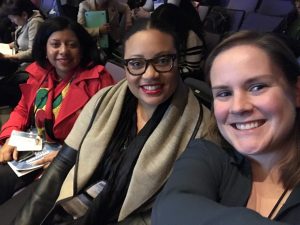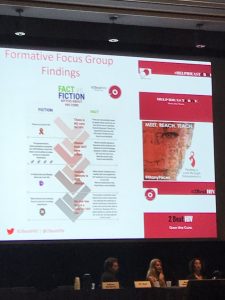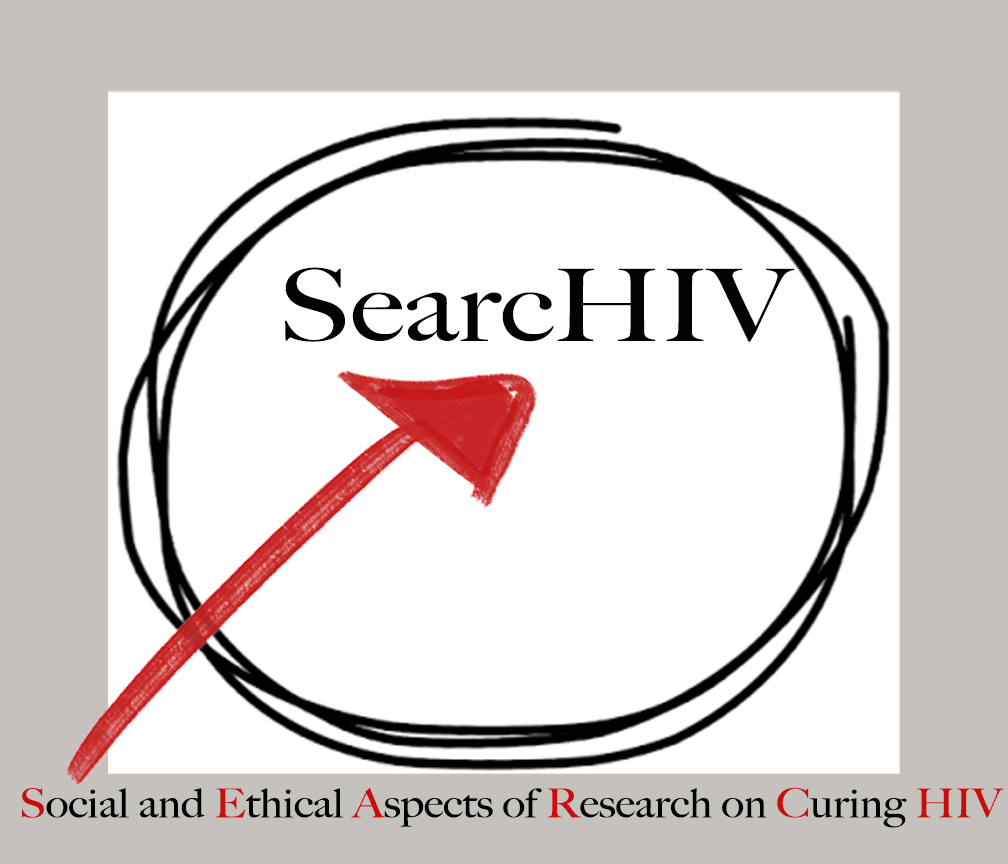The NIH Strategies for an HIV Cure Symposium in Bethesda, MD from November 14-16, 2016 marks the inaugural organizational meeting for six research sites that were awarded funding by the NIH to be a part of the Martin Delaney Collaboratory (MDC).

The primary sites for the research labs are Fred Hutchinson Cancer Research Center, Seattle, WA; Wistar Institute, Philadelphia, PA; University of California, San Francisco, CA; George Washington University, Washington, DC; Beth Israel Deaconess Medical Center, Boston, MA; and the University of North Carolina, Chapel Hill, NC.
Each research lab examines multiple novel strategies to achieve viral suppression of HIV without the help of anti-retroviral medications. In conjunction with the scientific research, each collaboratory maintains a community
advisory board (CAB) to provide community input on research protocol. Each CAB works to design and implement strategies to engage their local communities in critical dialogue and education about HIV cure research. Additionally, two CAB representatives from each MDC CAB serve on the Executive MDC CAB to coordinate national HIV cure research community engagement efforts.
During the conference, representatives from each of the research site’s community advisory boards presented their plans for community engagement. In particular, DEFEATHIV discussed the efficacy of using social media promotion to connect community members and researchers in discussions about HIV cure research. Another strategy discussed by the executive MDC community advisory board was to invite experts to lunch and learn webinars and discuss various topics relevant to community involvement in HIV cure research. Moving forward they would like to address the concerns for women and minorities participation in clinical trial research. Talks took place for the CUREiculum to be revised as a more user-friendly resource for the general public.

The fourth session of the conference was titled, “Community Engagement, Social Science, and Ethical Considerations for HIV Cure Research,” and featured presenters Judith Auerbach of University of California, San Francisco, Regan Hofman of UNAIDS, Nir Eyal of Harvard University, and Allison Mathews of University of North Carolina at Chapel Hill. The session was a collaborative effort to bridge the gap between researchers and
community engagement organizers.
Dr. Aurbach discussed the social and behavioral aspects of HIV cure research and implementation. Specifically, she mentioned several important questions that need to be studied. For example, how do individuals and communities comprehend notions of cure? How does the relationship between patients and providers affect cure research participation? How will HIV-related disparities be affected by a cure?
Next, Regan Hofmann discussed HIV cure from the perspective of an HIV positive person. She particularly emphasized the need for a cure to end the epidemic and the stigma that comes with living with HIV.
Dr. Nir Eyal discussed the ethical challenge of potential risks to third parties during HIV remission studies involving analytical treatment interruption. Treatment interruption is when participants will be asked to stop taking their ART medication after completing a regimen of experimental drugs to determine if they are effective at controlling viral rebound. This process of treatment interruption may pose additional risk to others (third parties) in relationship with participants, including sexual partners and unborn fetuses. He suggested several ways to make these risks more acceptable, including counseling on safe sex, using placebo only when necessary, and having a more thorough informed consent process.
The final member of this panel was searcHIV’s Dr. Allison Mathews, who spoke about crowdsourcing and community engagement with HIV cure research. Crowdsourcing is when the public collaborates to solve a problem. She presented preliminary findings from the first crowdsourcing contest hosted by her project, named 2BeatHIV. Participants submitted creative material reflecting on the prompt, “What does an HIV cure mean to you?” The project also used social media and community engagement strategies to educate community members about and discuss the ethical and social issues related to HIV cure research.


One Response to “Report from the NIH Strategies for an HIV Cure Symposium”
Anonymous
Should be: Dr. Auerbach